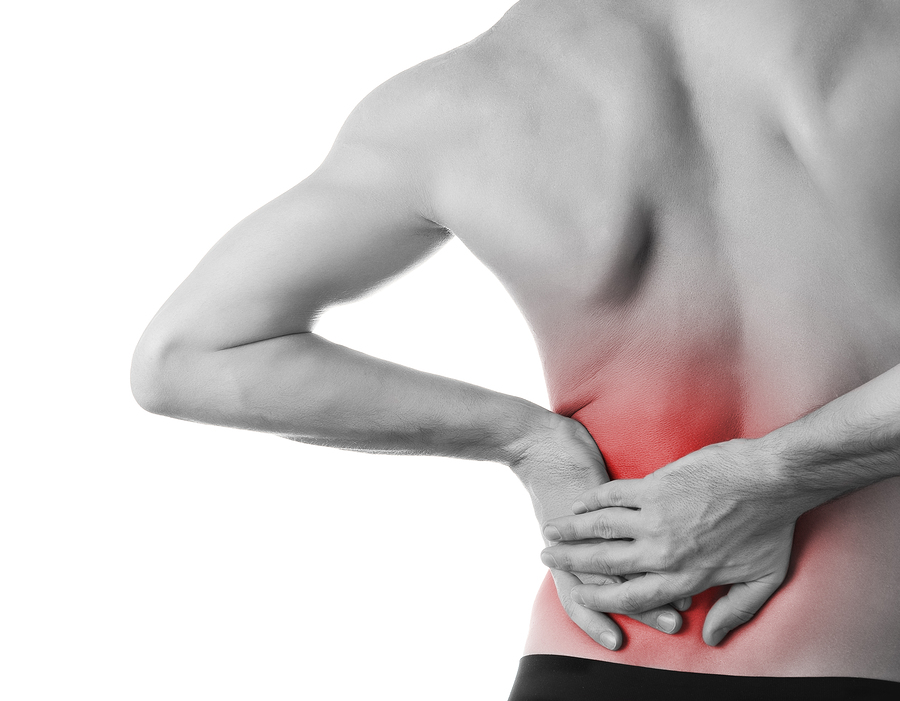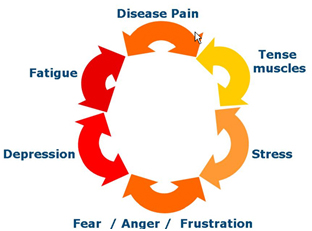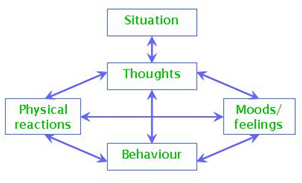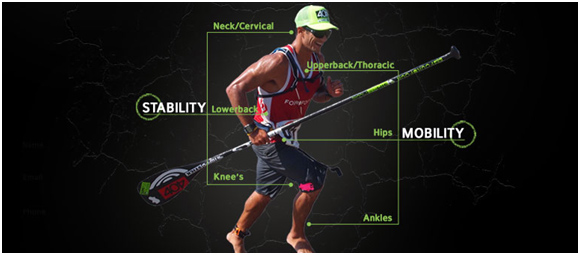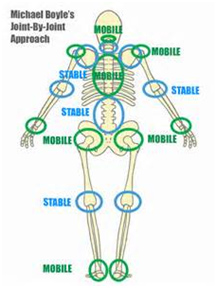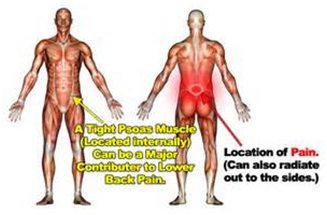Dr. Trevor Vander Doelen was recently interviewed by a CrossFit athlete about his approach to care for CrossFit athletes, injury prevention, and improving performance.
To what do you attribute your success in treating CrossFit athletes and getting them back to their sport both pain free and performing at a higher level?
CrossFit is an incredible sport that combines strength, stamina, and skill and every athlete has their own particular strengths and weaknesses. Similarly, all CrossFit athletes need an individualized approach to their care when they are injured. Every athlete is at a different level of movement quality, strength, and body awareness and as such needs to be treated differently.
The foundation of my approach involves not just treating pain but more importantly correcting dysfunctional movement patterns.
A thorough initial assessment involving a detailed history of current and past injuries as well as a movement-based assessment is an essential starting point for each athlete. Once movement dysfunction is determined, a detailed plan of how to correct this is discussed with the patient. Treatment predominantly involves Active Release Technique (ART), joint manipulation, and neurofunctional acupuncture, followed by a specific and progressive corrective exercise plan.
What should I include in my warm up and cool down?
Static stretching prior to exercise has been shown to hinder performance in explosive sports and therefore should be avoided prior to a CrossFit workout. However dynamic stretches to “prime” the nervous system should be done prior to exercise. These should include active movements of the ankles, knees, hips, spine, shoulders, elbows, and wrists in all planes of motion prior to starting the workout.
Low back pain seems to be very common amongst the Cross-Fit community, what steps can I take to prevent low back pain?
You are correct, many injured CrossFit athletes present with low back pain. Anecdotally, I find the main culprit with acute low back pain amongst these athletes is the deadlift and squat exercise. These exercises, when performed with correct posture, are great movements for functional core strength, hip strength, and shoulder strength. With that being said, when these exercises are performed without a neutral spine and without a good hip hinge it is only a matter of time before the athlete loads to the point of injury. My movement assessment is able to determine why an athlete moves poorly. As an example, I often find the core and gluteal muscles are inhibited (underactive) by facilitated (overactive) hip flexors amongst these athletes. Manual therapy and movement correction are very effective at helping these athletes recover and prevent this low back pain from returning in the future.
How can I minimize shoulder problems?
Unfortunately if you have had shoulder problems in the past, the likelihood of recurrence is increased. It is important to get the shoulder assessed by a health care professional that uses a movement-based assessment.
Since the shoulder blade is attached to the ribcage and mid back by soft tissue structures (muscle and fascia) it responds very well to manual therapy, acupuncture, and corrective exercise. Typical shoulder injuries with CrossFit athletes involve subacromial and posterior internal impingement. Most of these athletes have facilitated (overactive) pectoral and upper trapezius muscles and inhibited (underactive) lattisimus dorsi and middle/lower trapezius muscles. This prevents them from keeping their arm and shoulder blade in the proper position during movement. While this is a typical presentation, I must emphasize again that no two patients are identical in their presentation; I often see dysfunctional core stability and hip mechanics with these same athletes.
Addressing these dysfunctions through specific stability and mobility corrective exercises, a CrossFit athlete can effectively prevent shoulder pain.
How can I improve my squat?
This is a common question that I get asked frequently from the CrossFit community. The best answer to this question is to get assessed by a Certified Strength and Conditioning Specialist (CSCS) or Chiropractor with a movement based assessment that has experience working with olympic lifting, power lifting, or CrossFit.
I often address this movement dysfunction by comparing the body to a computer with a hardware vs. software analogy. The athlete requires stability and mobility from various joints and soft tissues surrounding them (hardware) and also requires efficient and safe movement driven by the nervous system (software).
When assessing the “hardware” component I often reference legendary strength coach Mike Boyle’s joint-by-joint approach that states that certain joints tend towards certain types of dysfunction. Often the foot, knee, lumbar spine, cervical spine, and scapulothoracic joint have lost stability, and the ankle, hip, thoracic spine, and glenohumeral joint have lost mobility.
Dysfunctional “hardware” responds well to corrective exercise and even better to corrective exercise in combination with manual therapy.
A “software” assessment focuses on the athlete’s technique, body position, and muscle activation patterns and will provides feedback on the athlete’s specific approach to the movement. Modifying key factors like specific joint positions, and activation from the feet, through the hips, into the core, and shoulders helps create movement awareness and efficiency with the movement.
Once the efficiency of the athlete’s squat movement has improved, the athlete can then progressively load their squat. This whole-body approach to squat correction prevents the most common issues with the movement, including low back pain, wrist pain in the front rack position, and allows for greater depth. This is the best way to make long-term changes to your squat for both injury prevention and performance.
To summarize our interview, what last piece of advice would you give a CrossFit athlete who is interested in injury prevention and performance in this great sport?
Empower yourself! Injury prevention and performance in this sport is completely within your control. Take an active approach to learning about your body by putting together a team of training and health care professionals that can both help you and teach you to help yourself safely and efficiently get faster and stronger for longer.
Dr. Trevor Vander Doelen is a movement-based Chiropractor at Athlete's Care in Liberty Village, that helps recreational, amateur, and professional athletes perform better and return to their sport following injury.



